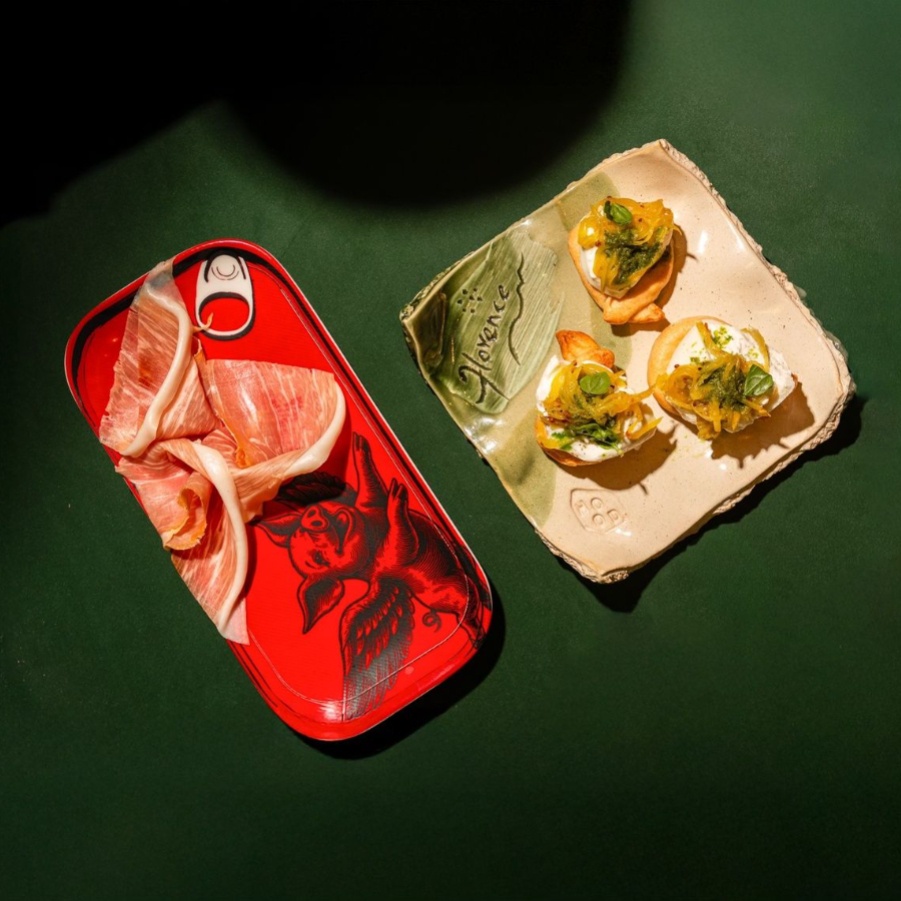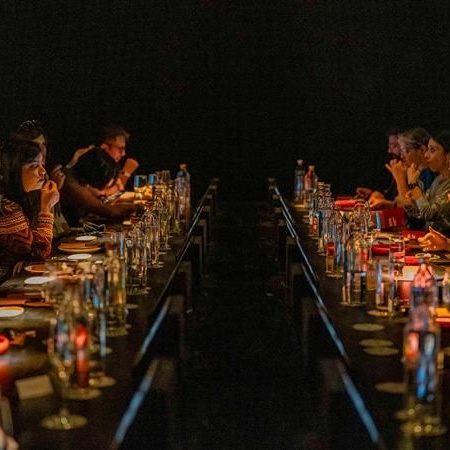In 2012, the quiet lanes of Mumbai’s Bandra neighbourhood woke up to a delightful aberration. Sizeable swathes of building facades on Chapel Road and Pereira Road were painted over with 25ft-tall likenesses of Madhubala, Amitabh Bachchan, Dev Anand, and Rajesh Khanna. The Bollywood Art Project, brainchild of graphic designer Ranjit Dahiya, brought a unique brand of insolence and charisma to the bylanes of the neighbourhood, where the pop-art visages of Bollywood’s most legendary icons would stare down at passers-by. In turn, the passers-by, no matter how briskly they had been walking or how pressing their commitments ahead, couldn’t help but stop dead in their tracks to stare back.
It’s not that India was unacquainted with wall murals till then. Who are we kidding—we have some of the best examples of wall art in the world: the Jain cave paintings; Ajanta and Ellora; the folk-religious miniatures of Shekhawati havelis in Rajasthan; the Chola temple murals of Tamil Nadu; the intricate wall paintings in Buddhist monasteries in the Himalayan belt...these are just a few of the examples.
However, in a game-changing leap, murals have now breached the barrier between the public and the private. Maybe it’s because of the out-of-the-box influence that TikTok and Pinterest have had on interior design, but designers and home-owners alike have realised walls no longer need to play a supporting role for framed paintings or photographs. As leads in a home and office, they offer a blank canvas, and an expansive one at that. You can have art on your ceiling, on a pillar, on the floor, in your bathroom, on all four walls—any surface that can hold paint or glue, really. In a duplex, a mural can help unfold stories from one floor to another, along the walls of the connecting stairway. There is nothing to inhibit what can and cannot be done with a mural.
“It’s the versatility, really,” says designer Saniya Kantawala while speculating on the growing appeal of the medium. Having commissioned several murals for her projects, Kantawala, who has just finished mounting a ‘wall of embroidery’ in a fashion designer’s home in Mumbai, speaks from experience. “Wall murals can be the story of your family, a reminder of a vacation, your favourite quotes, symbolism from a cherished memory, anything at all. They can beautifully connect a space with the objects around it and its very ethos.”
Still, it takes skill to coax a blank wall to speak, and the circle of wall muralists in the country remains niche. One such wall whisperer is Priyanka Thaker, an Ahmedabad-based artist and architect, who is championed in earnest by architects and designers such as MuseLAB, Baldiwala Edge, Studio Nishita Kamdar, R+R Architects, and Purple Backyard, to name a few.







